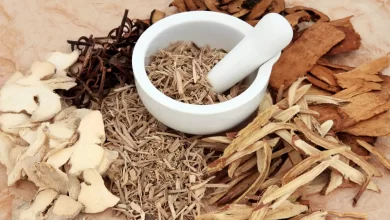
How to Use a Heated Centrifuge: A Step-by-Step Guide
Centrifuges are essential pieces of laboratory equipment used to separate molecules, particles, and other materials by spinning them at a high rate of speed. In addition to being used for scientific purposes, heated centrifuges can also be utilized in several other industries.
This guide will provide you with an easy-to-follow step-by-step process for using a heated centrifuge.
Step 1: Gather the required materials.
Before you begin, make sure that you have all of the necessary items on hand, including a centrifuge, suitable vessel, the right adapters and any other materials that may be required.
Step 2: Prepare the centrifuge.
Prior to using the heated centrifuge, it is important to make sure that all of the necessary components are in place and properly adjusted. This includes ensuring that the rotor is securely attached to the machine, and all other parts are firmly fixed into position.
Additionally, check to see that the centrifuge is properly balanced and that all of the parts are securely connected.
Step 3: Select the appropriate settings.
Set the centrifugation speed and time. You will also need to set the temperature to maintain the sample temperature throughout the spin. You’ll need to set all parameters according to the requirements of your particular experiment.
Step 4: Loading the samples
Ensure the vessels are not overfilled before loading the samples into the heated centrifuge. Also make sure that the vessels are properly balanced before starting the centrifugation.
Step 5: Remove the heated materials.
Once you have finished the centrifugation process, carefully remove all of the samples from the centrifuge before turning it off. Take precautions as the samples could be hot after the centrifugation process.
Takeaway
Following these steps will help ensure that your centrifuge performs optimally and produces excellent results. Be sure to use safety precautions when operating a centrifuge, as it can be dangerous if not handled properly. With the right technique, you’ll have no trouble using a centrifuge for optimal heating for your experiments.



